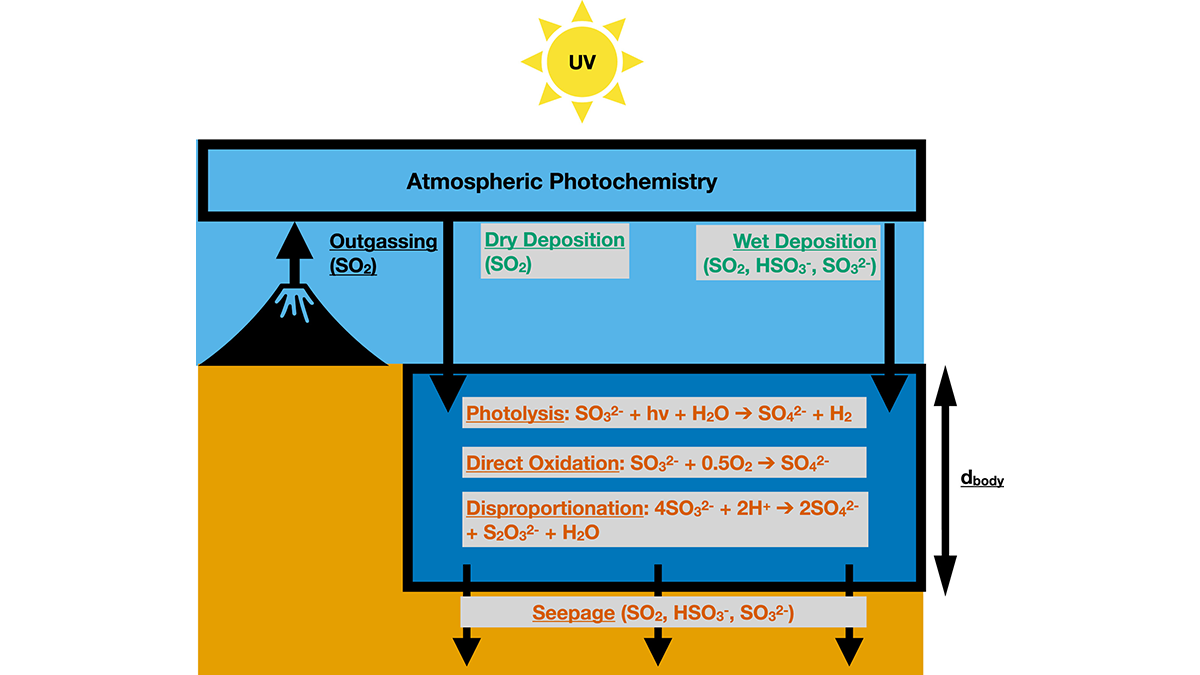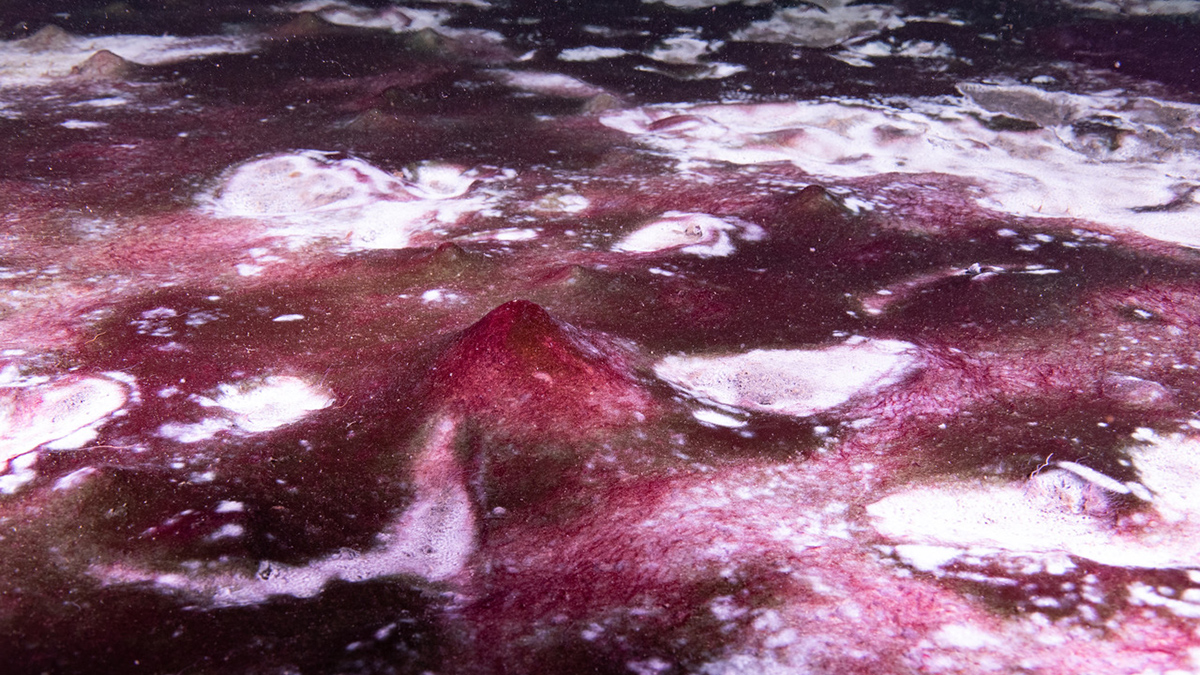New research shows frost quakes may happen more frequently in wetland areas and, similar to earthquakes, can cause damage to infrastructure.
Earth science
New Constraints on Sulfur Cycling in the Prebiotic Earth
Experiments constraining rates of aqueous reactions and photolysis coupled with a global model constrain the abundance and chemical speciation of sulfur in early Earth’s atmosphere and oceans.
Modern Microbial Mats Offer Glimpses of Other Times and Places
Comprising diverse groups of microbes, isolated but globally scattered mat ecosystems like those in Lake Huron may be analogues of life on early Earth and in other exotic environs.
Popocatépetl’s Wake-Up Call: Transforming Volcanology in Mexico
The 1994 eruption of “Don Goyo” in central Mexico accelerated an academic interest in volcanology.
Un enfoque holístico de los datos hidroeléctricos
Una nueva plataforma en línea ofrece extensos datos y herramientas sobre los recursos hidroeléctricos de EE. UU., lo que permite tomar decisiones basadas en datos en el nexo energía-agua.
Uncertainty Abounds in Seeding the Sky to Fight Climate Change
Some scientists have suggested injecting solid particles such as alumina, calcite, or even diamonds into the atmosphere to temporarily limit climate warming. But new research shows there are still big unknowns.
Do Some Cratons Have Soggy Bottoms?
Long-persistent stable cratons bear much of the deep-time geologic record, and a new study combines seismic and petrological data to reveal how interactions with mantle fluids can shape their evolution.
Did a Cosmic Explosion Make the Ionosphere Dance?
Researchers have linked a 2022 gamma ray burst to a disturbance in the upper atmosphere, but proving the connection highlights the problems with this kind of measurement.
Flash Floods May Support One of the World’s Rarest Fish
Only a few hundred Devils Hole pupfish live in an isolated pool in the desert, where occasional floodwaters roil their habitat.










